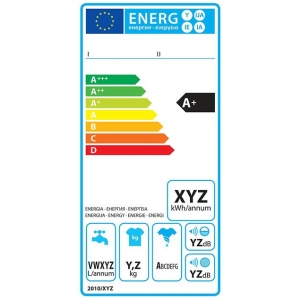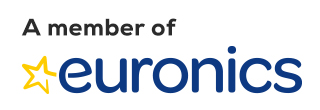World Water Day
22nd Mar 2016

World Water Day is an international observance and an opportunity to learn more about water related issues, be inspired to tell others and take action to make a difference.
So we have decided to have a closer look at how much water our appliances use at home, with the help of Bosch.
Dishwashers
Ever wondered how many litres of water a dishwasher uses during a cycle? Or whether using a dishwasher is more efficient than washing up by hand?
Bosch have created this simple video which shows exactly how water efficient their dishwashers are – you’ll be amazed by the results.
Some dishwashers, like those featuring Bosch’s ActiveWater technology, use as little as 6.5 litres of water in a cycle. If you washed the same amount of crockery, cutlery, pots and pans in the sink, you’d need to fill a bowl multiple times to do the same job.
It’s a common misconception that dishwashers fill up with water, but in reality there’s just a small amount at the bottom of the machine. The water is much hotter than our hands could handle in the sink – Which is key for killing germs – and is sprayed on the dishes at high pressure to get them clean and germ free.
View our range of Bosch Dishwashers here.
Washing Machines
The water efficiency of washing machines can vary greatly. The most efficient washing machine will use 6 litres of water per kilogram in comparison to the least efficient washing machine that will use 14 litres of water per kilogram. Checking the water consumption box on the energy label will help you to identify if your appliance is efficient or not.
The EU energy labels now include the water efficiency of washing machines and dishwashers. Avoid buying an appliance simply because it has an A+ rating for energy efficiency. This rating is misleading because it is based on electricity usage and not on water usage. By reading the bottom half of the label you will understand both the energy efficiency and water efficiency of your kitchen appliance.
Energy Efficiency Label
The new EU Energy Label was introduced in 2010 and has been enforced since July 2011 – Most white goods must now clearly display this label when offered for sale. This new label is easier to understand than its predecessor and uses icons instead of words.
All washing machines should have an energy efficiency label with a scale from A to D. This image shows a Bosh washing machine with an A grade energy efficiency rating. The label also shows for a typical household how many kilowatt hours and how many litres of water are consumed each year. Further information on the energy efficiency label includes the capacity in kilograms, the energy efficiency of the dryer (if the appliance is a washer dryer) and the noise created in decibels.
Remember the energy rating only refers to electricity consumption and doesn’t take water usage into account.
View our range of Bosch Washing Machines here
Water Saving Tips
When using your washing machine, you can make further water savings with these useful tips:
1. Only wash full loads. Washing machines operate at maximum efficiency when the drum is full. If you tend not to fill the drum you should was less frequently or consider buying a washing machine with a smaller drum.
2. Use cotton wash instead of synthetic wash. To avoid creasing, synthetic wash programmes use fifty per cent more water than cotton washes.
3. Do not use extra rinse. If your washing programme is set to use extra rinse, this will obviously use more water than necessary. The purpose of extra rinse is to ensure the fabric softener is completely removed for the benefit of people with sensitive skin.
4. When you buy a new washing machine, check the water icon on the energy efficiency label.
Finally, HAPPY WORLD WATER DAY to everyone!
Finally, HAPPY WORLD WATER DAY to everyone!




